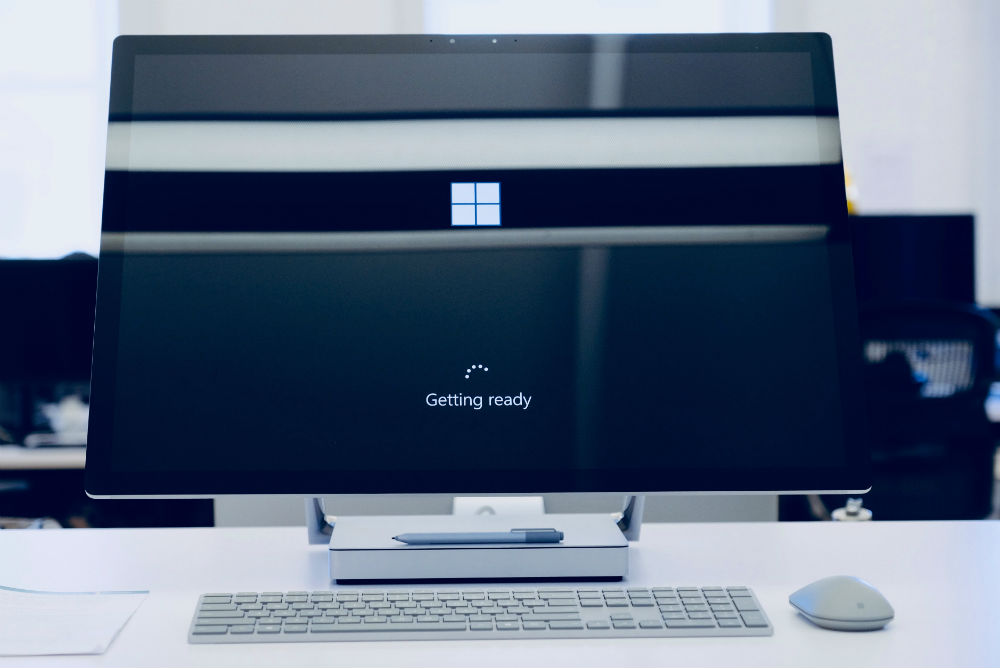Computer software and hardware are not designed to be built for life. Is this something you have taken into account in your IT strategy? Because many small, medium and large-sized businesses haven’t.
Technology evolves at a rapid speed, especially when your team is working remotely. Keeping up with these changes is the key to a cost-effective strategy that focuses on data security, business efficiencies, and improved productivity. All of these aspects improve the profitability of your business.
One piece of technology that stays constant for a significant period of time is your computer’s operating system. However, even your operating system needs to be updated at some point.
If your business is using Microsoft, then it’s likely that you’re still using an old version of the Windows operating system. This is highly important, because Microsoft will no longer support Windows 7 after January 14, 2020.
So, what does the Microsoft 7 end of support actually mean, why is an upgrade important for your company’s data security and how do you move over to Windows 10? We answer all your Windows 7 end of support questions in this blog.
How many companies are still using Windows 7?
A recent SpiceWorks report, titled ‘The Future of Network and Endpoint Security’, found 32 percent of organizations still have at least one Windows XP device connected to their network - despite extended support for XP ending way back in 2014.
The report also found that 79 percent of organizations still have at least one Windows 7 system on their network. Two thirds of businesses plan to migrate all of their machines off Windows 7 prior to the end of support on January 14, 2020, while a quarter will only migrate after that deadline.
Meanwhile, a Gartner market forecast predicted that only 75 percent of professional PCs will be on Windows 10 by 2021. That means 25 percent of business computers will be remaining on an unsupported operating system.
Windows 7 has been one of the most successful and popular operating systems developed by Microsoft. However, Microsoft has a life cycle for its products and even though your company might be happy with Windows 7, it's now time to start preparing for the inevitable upgrade.
What does end of support mean exactly?
Microsoft made a commitment when Windows 7 was released in October 2009 to provide 10 years of product support for Windows 7. That support will end on January 14, 2020, to allow the company to focus on support for their newer operating systems.
End of support doesn’t mean Windows 7 will just stop working. It simply means that Microsoft will no longer offer support for the operating system, there will be no technical assistance or software updates, and they will stop delivering security patches.
Why an upgrade to Windows 10 is important for your business
If Windows 7 won’t suddenly stop working, why does it matter to your company that Microsoft will no longer be offering support? The most important aspect of this is that Microsoft will no longer be offering security updates.
This means Microsoft will no longer take responsibility for loss of data due to security breaches on Windows 7. Using the operating system will be at your company’s own risk.
Over time, Windows 7 will become an insecure operating system. Microsoft won’t fix any security holes within the software and your business will be vulnerable to an ever-growing list of viruses, malware and ransomware.
In fact, a large number of organizations that stayed with Windows XP long after the expiry of its support lifecycle suffered serious cyber attacks.
It’s not just the lack of security that will affect your company either. The software and hardware you use internally to keep your business running efficiently will eventually stop supporting Windows 7.
If you do not upgrade your operating system you’ll be using old software that slows down your internal processes.
What can your business do now that Windows 7 support is ending?
As we move closer to the end of support date on January 14, 2020, it’s time for your business to start thinking about upgrading its computers to Windows 10. The Windows 10 operating system will receive regular patches and updates to keep it secure.
You have two options here. You can either upgrade your current PC to Windows 10 (compatibility can be checked on the Windows 10 system requirements page), or you can purchase new devices with Windows 10 already installed.
Remember, continuing to use Windows 7 after January 14, 2020, will expose your company to a number of data security vulnerabilities. It’s simply a risk that’s not worth taking. Contact OT Group today and learn how we can ensure your business is running an operating system that’s not only secure, but also enhances productivity.




.png)

